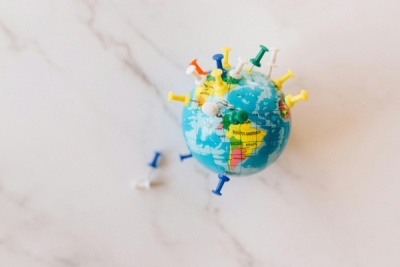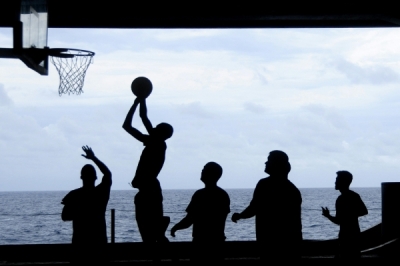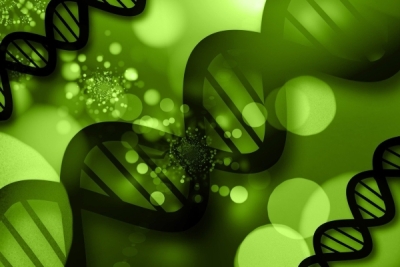During festivities, the danger of consuming illegal drinks increases. Illegal alcohol, also known as “unregistered” alcohol, encompasses three broad categories of beverages: informally manufactured homemade or artisanal beverages, counterfeit or smuggled beverages, and “substitute” beverages that are unsuitable for human consumption, such as perfumes and cleaning products. Basically, illegal drinks are those that, in some way, do not follow the quality and/or taxation standards required by a country [1].
It is important to distinguish the terms “illegal” and “unregistered” alcohol. While all illegal alcohol is considered unregistered, not all unregistered alcohol is illegal. For example, an alcoholic drink that is legal in one country but consumed in another where it is not registered is not necessarily illegal. In other words, these categories are similar, but have significant differences.
The World Health Organization (WHO) estimates that around 25% of alcohol consumption worldwide comes from illegal sources [2]. Illegal alcohol, when it does not follow health and tax standards, leads to economic and public health consequences. Its composition is variable and may contain, in addition to ethanol and water, fermentation residues, additives, flavorings and dangerous by-products, such as methanol. Methanol consumption can cause serious health problems, including severe headaches, vision problems, blindness, muscle weakness and dizziness, which can even lead to death.
Alcoholic beverages can be intentionally adulterated with cheap methanol to increase the profit and potency of the drinks. Between 2017-2019, approximately 7,104 poisonings and more than 1,888 deaths were reported in 306 recorded methanol poisoning outbreaks worldwide, with more than 90% occurring in Asia, with the main victims being young men [3]. Furthermore, methanol occurs naturally in most alcoholic beverages, originating from the degradation of pectin during fermentation, and can reach high concentrations during improper distillation, particularly in fruit spirits (up to 2.4% by volume) [3] . The maximum methanol allowed in distillates by Brazilian legislation is 20.0 mg/mL of anhydrous alcohol.
A team of researchers and engineers from the Particle Technology Laboratory and University Hospital Zurich has created a device to measure the amount of methanol in an alcoholic drink [3]. The device, which was designed to be accessible to the population, sends the collected data to a smartphone associated with an application that displays the levels of methanol and ethanol in the drink. It also warns you if the level is above the limit. But unfortunately, the device is not yet available on the market.
Without adequate identification, it is not possible to ensure the originality of the drink, increasing the risk of consuming counterfeit, adulterated or even dangerous products. To avoid consuming illegal alcohol, consider the following guidelines:
- Pay attention to atypical characteristics in the drink, such as strange odors, unusual colors and consistency;
- Be wary of prices well below the market, especially in online stores;
- Examine the packaging and label to check that the information is clear and complete. The seal must also be intact. Keep an eye out for labels printed in poor quality and with spelling errors. Whiskey, gin, vodka and cachaça are the most frequently counterfeited drinks;
- Prefer to buy from reliable sources with a good reputation;
- Find out about legitimate local brands and products. Beware of brands you've never seen;
- During festivities, pay close attention to drinks sold on the street, especially mixed drinks.
Always have fun safely!











